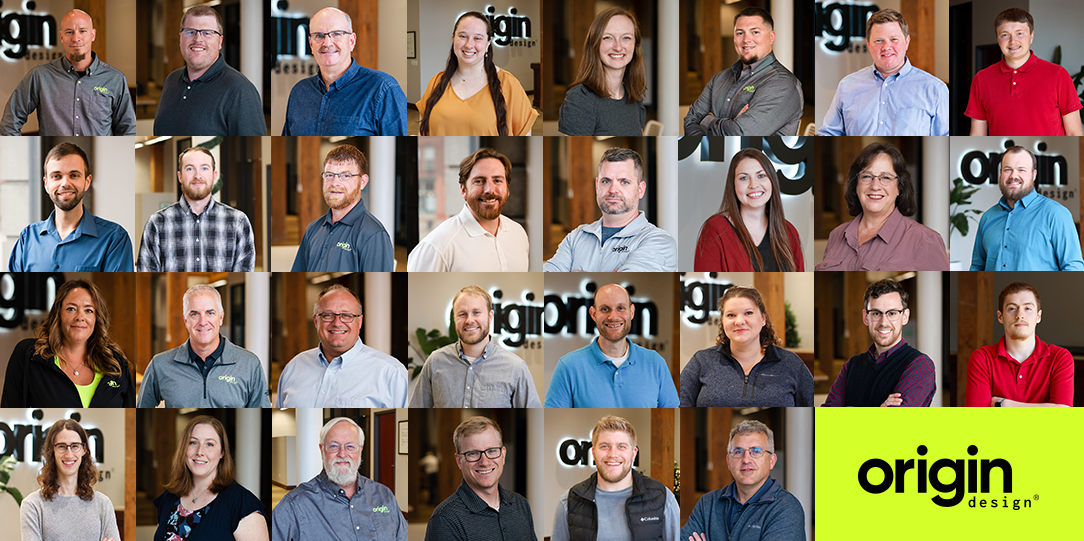Hello, and welcome to my first delve into the blogging world. In this blog, I am going to cover technology in the areas of civil design and construction.
The industry, as a whole, is turning a corner in the realm of technology. Personally, it’s exciting to see how new technology will transform how projects are designed and constructed—I find myself envisioning ways design and layout will be performed in the future.
Has the industry reached a turning point?
Yes! The amount of construction involving 3D modeling to aid in directing the contractor is starting to outweigh the amount of physical staking for a project. This is a huge change! For thousands of years, mankind has relied on established markers to construct things. That process is being entirely rewritten.
In the last few years, contractors are now relying on machine control for paving streets and roads. Machine control is used to accurately position earthwork and paving machinery, both horizontally and vertically, based on 3D design models and GPS systems. And, for nearly all grading projects, they now request a surface model to aid in their construction activities versus the traditional method of having grade staking provided to indicate the amount of earthwork cut or fill. They can work smarter, faster, and more profitably with machine control, all while not worrying about having to avoid grade stakes. Similarly with paving, the traditional string-line control of paving machines is replaced with 3D model string-line, thus making the site more maneuverable. As that familiarity grows, projects that lack 3D technology will end up with higher costs. This doesn’t mean projects using machine control will be less expensive to design, but it may be easier and quicker to get to the final constructed product.
Technology, as well as the cost of learning it, is an investment. Projects that are produced by traditional, “hand-made” methods will carry much higher price tags simply because of the comparable time it would take to produce versus an automated method. With the much larger percentage of a total project cost being construction (not engineering), investing engineering resources to produce the in-demand 3D models can provide overall cost savings to the clients we serve.
Are there times when a 3D corridor model is overkill? Absolutely! But also realize we are quickly approaching a time when the 3D model is going to be “the norm” to construct anything—contractors won’t rely on plan sheets. Plan sheets will likely still be around for the review process, but not during a majority of the grading and paving construction process.















